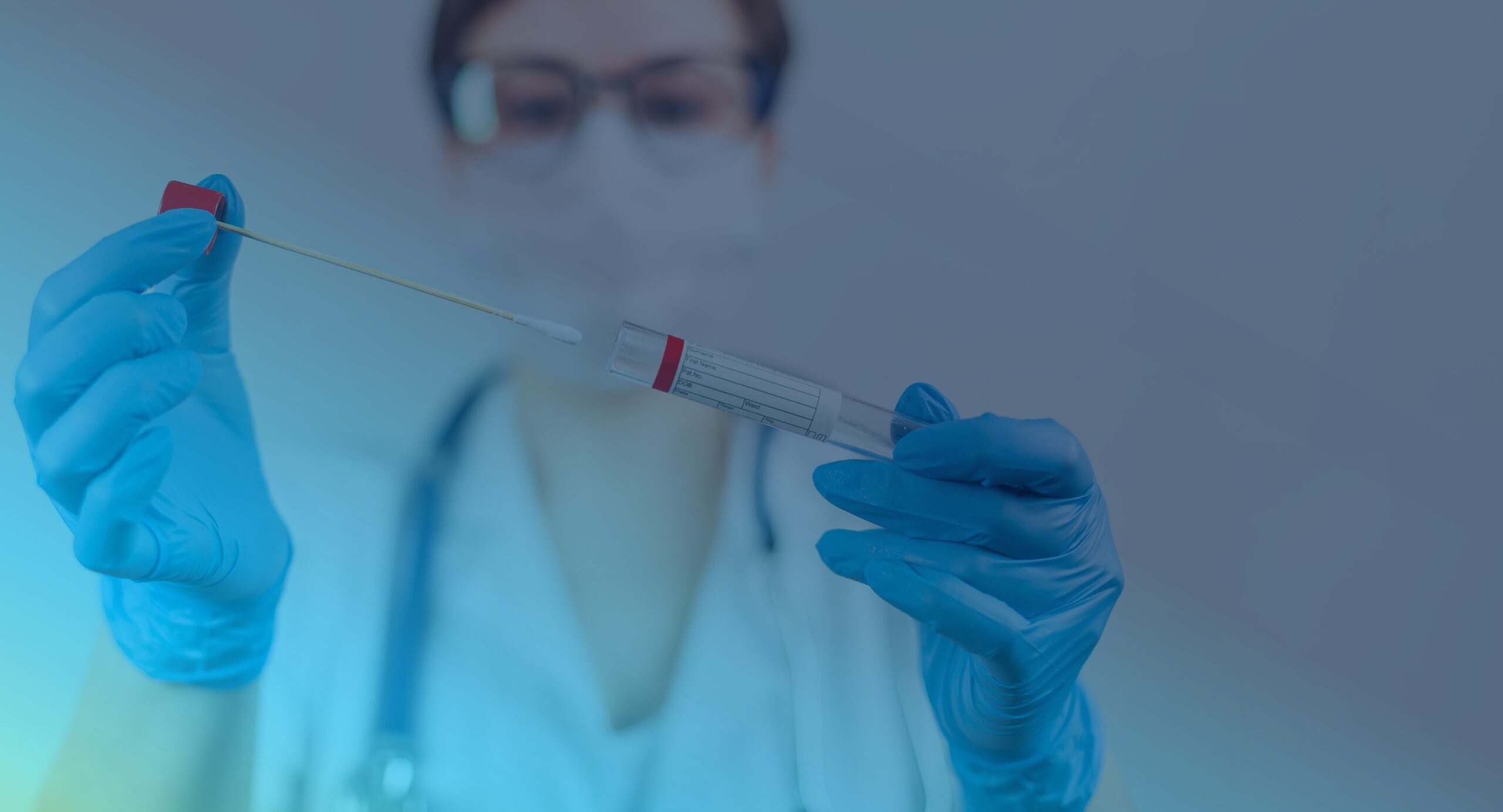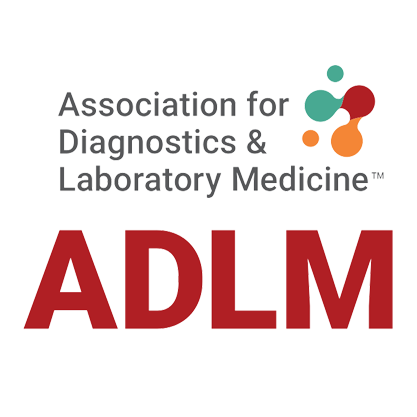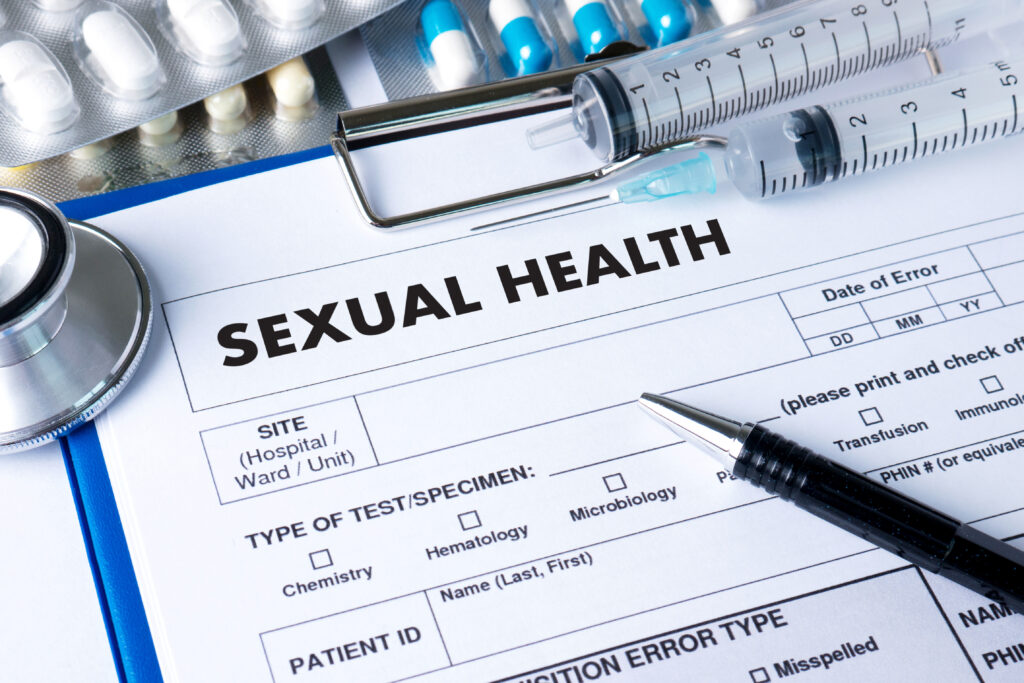From the outset of the COVID-19 outbreak, testing for SARS-CoV-2 has been a priority. Initially just having a test for COVID-19 was a scientific success, enabled by the publication of the first viral genomic sequence in January 2020. As the pandemic has run its course many aspects of testing have been investigated. Here we highlight some of the key testing events that have taken place, and their outcomes.
Mass Covid Testing
–Vo’, Italy – Mass testing in this Italian town was triggered by the reporting of the first COVID-19 death. With a population of 3275, Vo managed to test 86% in a first testing round, and 72% in a second round 2 weeks later. 2.6% were RT-PCR positive in the first round of tests, reducing to 1.2% in the second round. The organiser stated that ‘early identification of clusters and timely isolation of people testing positive suppressed transmission and curbed the epidemic’.
–Wuhan – This COVID-19 mass testing event was orchestrated after the initial reactions to SARS-CoV-2 had been implemented and a stringent enforced lockdown had already successfully limited COVID-19 cases. In the last 2 weeks of May 2020 the nearly 10 million residents of Wuhan over 6 years old were tested using RT-PCR; pooled sensitivity was 73%, but no information provided for specificity. Asymptomatic cases reported numbered 300, with no new symptomatic cases found. Contact tracing of the 300 infected showed no cases of transmission. Pooling of five samples at a time were used to increase efficiency in some 23% of the samples. If a pooled sample was positive, all samples within the pool were re-tested as single samples.
–Luxembourg – Here, RT-PCR was performed on pooled samples. Reportedly, sensitivity and specificity of the test protocol was 100%. Overall, 49% of the residential population were tested as well as 22% of cross border workers, totalling over half a million people. 850 positive cases were found and a further 249 identified through contact tracing. The study indicated that asymptomatic carriers are at least as infectious as symptomatic patients. It was reported that containment of future outbreaks will critically depend on early testing in sectors and geographical regions. Higher participation rates must be achieved, using targeted incentives and invitations.

–Slovakia – 20000 medical and 40000 non-medical staff were used to administer 3 rounds of testing at the end of October 2020. The first round was a pilot and high prevalence areas were re-tested in the final round. In all, 5 million tests were performed, covering over 80% of the population. Samples taken by medical professionals used the SD Biosensor lateral flow rapid test, approved by WHO with a sensitivity of 95.5% (70-90% in the study) and specificity 99.2%. No confirmatory RT-PCR tests were perfomed. Over 50000 SARS-CoV-2 cases were positively identified, approximately 4% in the pilot, 1% in round 1 and 0.6% in round 2.
–Qingdao, China – The events leading to the mass testing in Qingdao came from three people testing positive using RT-PCR, leading back to 2 asymptomatic dock workers whose transmission path couldn’t be followed further. Over 3 weeks nearly 11 million individuals over 5 years old were tested. To cover this many people pooling was used. The result was the identification of 12 positive cases. Public transport was only available to those with evidence of a negative test. No information was published on the specificity and sensitivity of the RT-PCR test.
–Liverpool, UK – The objective was ‘to demonstrate massive asymptomatic cases can help identify far more cases and break the chain of transmission.’ Between the 6th and 26th November 108304 lateral flow tests (LFT) were carried out. Most tests were self-administered (military supervised) lateral flow tests from Innova. Some tests were repeated for quality assessment purposes with samples collected professionally and confirmed using PCR testing. Test sensitivity was substantially reduced depending on who carried out the tests; 78% when used by trained professionals, but only 58% when used by self-trained staff. Specificity was reportedly 99.93%, meaning false positives would be expected to be rare. Key workers, health and social care staff, school staff, and children aged 11 and over were targeted, but anyone could get tested, preferably at least twice within two weeks.

Table: Summary of SARS-CoV-2 mass testing events.
COVID Test Types
The variety of tests for SARS-CoV-2 are relatively well known thanks to media reporting.
The most sensitive is the RT-PCR test, we have described this in previous articles. RT-PCR uses engineered primers to amplify fragments of viral RNA present in the specimen and requires a laboratory. Sensitivity is high with figures ranging between 71-98%. However, this variation depends on multiple factors, including the diligence of sample collection, test type, swab type and time for which the sample is left in storage. The RT-PCR based mass testing events in China, taking place in a background of a small number of cases in the community, were seemingly effective in ending the outbreaks.
Lateral flow tests to detect SARS-CoV-2 antigen came to the market more recently than RT-PCR tests, due to the fundamental timelines inherent in developing a new test of this type. However, the technology has been around for years and is used in all manner of diagnostic tests, the most well known being pregnancy tests. Lateral flow tests are relatively cheap to produce and can be tested on site with a result time varying between 5-30 minutes. This saving of time and money makes them an attractive option. Theoretically, they are extremely simple to perform and have the potential to be used by untrained individuals in any location, if the test protocol and instructions for use are simple enough. For SARS-CoV-2 specifically, some tests have now been approved by the US FDA for home-testing (Ellume and BINAX).

Lateral flow tests can also be used to identify human anti-SARS-CoV-2 antibodies present in samples, sometimes known as antibody tests or serology tests. However, these can not be used to determine if an individual has a current SARS-CoV-2 infection, only if the individual has ever had an infection. These tests have potential to be used to identify individuals who have already been infected and built up some immunity, and could therefore be a lower priority for vaccination. However, this would be a controversial use of such tests and no country has thus far decided to do this, despite the current context of a shortage of vaccine doses and an urgent drive to protect as many vulnerable people as possible.
Mass testing analysis
The success of mass testing events is challenging to ascertain; the testing events are ambitious and complex operations featuring innumerable variables. In particular, where mass testing events are carried out alongside a “lockdown”, it is difficult to separate the results of the two and thus understand which element was responsible for any subsequent reduction in infections. It can be said that each mass testing event, in coordination with a lockdown, appeared to reduce numbers of positive covid tests, at least in the short-term.
Overall, RT-PCR is accurate but time consuming and costly. Pooling testing is a cost effective method of testing large numbers using RT-PCR. Lateral flow tests are cheap to produce and give fast results but lack accuracy. Multiple tests performed on the same individuals at different time points could help improve the accuracy.
The experience of self-administered tests in Liverpool versus the professionally administered tests carried out China and Slovakia highlights the importance of medical expertise. Samples collected by trained professionals provide more accurate results than samples gathered by individuals. The new FDA approved Ellume and Abbott Binax tests are the first home test kits available, reporting sensitivity and specificity of 92% and 100%, respectively, and results within 20 minutes. But their use comes with a caveat in the form of a “Telehealth Proctor”. At present even the most user friendly tests available require supervision for best results; it remains to be seen whether they can be simplified to the extent that they can be performed effectively without this.
The lateral flow tests used in Liverpool, were found to only confirm half of all COVID-19 cases identified by RT-PCR tests. It has been suggested this is understandable in low viral load cases, which may be less infectious, but it also missed 3 of 10 in higher viral load cases (based on Ct values below 25). These tests have been strongly criticised and called unfit for purpose by some, but from a public health perspective it can be argued it is better to find 50% of cases rather than none. The UK government has announced more mass testing in COVID-19 high prevalence areas and it remains to be seen how it will modify its approach using the learning points from the Liverpool testing.
Mass testing is an important tool in defeating SARS-CoV-2. The logistical challenges involved are exceedingly complex (and expensive) and few governments have thus far attempted them. If sensitive and user-friendly lateral flow tests can be developed we expect to see great demand for public and private sector test settings such as schools, airports, universities, care homes and cruise ships.
Logical Biological provides swabs/serum/plasma for use in test development
At Logical Biological we supply nasopharyngeal/oropharyngeal/nasal SARS-CoV-2, FluA and Flu B swabs available in UTM, Inactivating TM, saline or dry frozen. Negative swabs and COVID-19 / pre-COVID saliva are also available. Typically, our swabs are provided together a Ct value measured from a ‘companion swab’ taken simultaneously. We also provide serum and plasma samples from individuals infected with SARS-CoV-2 and other respiratory infectious diseases.

Want to hear more from Logical Biological?
Sign up to our newsletter to for the latest updates.
Subscribe Now

)

)